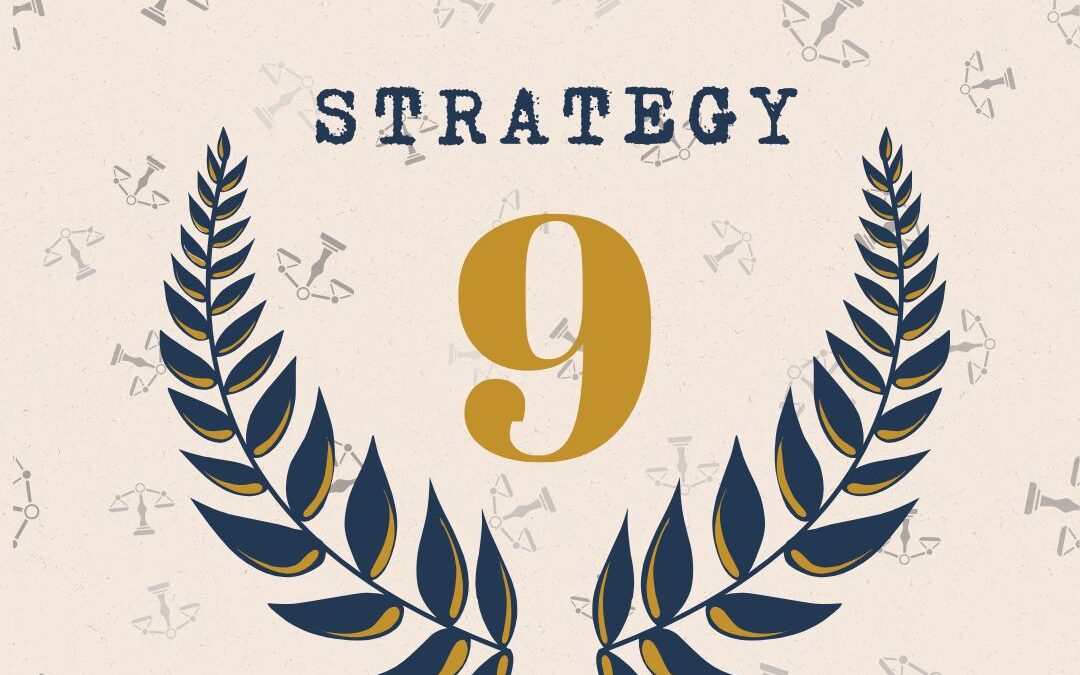JULY 1, 2024
Strategy 9:
Internalization of Self-Help
For this strategy, we explore a concept the Board emphasizes often but applicants sometimes misunderstand: Internalization of Self-Help. It’s not enough to attend groups or recite slogans, the real question is whether those lessons have changed how you think, feel, and respond when no one is watching.
Strategy 9 – Internalization of Self-Help focuses on the difference between participation and transformation. The Board expects more than program certificates—they want to see that the lessons from self-help work have become part of your mindset and daily decision-making. This strategy emphasizes reflection, application, and emotional integration over surface-level compliance. It challenges applicants to show how tools like mindfulness, communication skills, relapse triggers, and victim awareness are actually being used in their current life and relationships.
Notes
This strategy urges applicants to connect their group participation to real-world behavior and insight. The Board is trained to spot when someone is merely repeating program language versus truly living the lessons. Self-help must be reflected in body language, tone, and responses to difficult topics like victim impact or relapse. Being able to explain how you’ve used what you’ve learned is critical to demonstrating growth. This is where testimony becomes believable.
Recap & Takeaways
Strategy 9 reminds us that insight isn’t memorized—it’s lived. The Board wants to hear not what you’ve attended, but what you’ve absorbed. Being able to explain how a specific group changed your thinking, or how a tool helped you through a trigger, makes your transformation real. Internalization is what separates preparation from performance—and it’s a key pillar of suitability.
Start Listening Today!
Each week, we break down a chapter from 36 Strategies of Suitability and explain why it matters.



